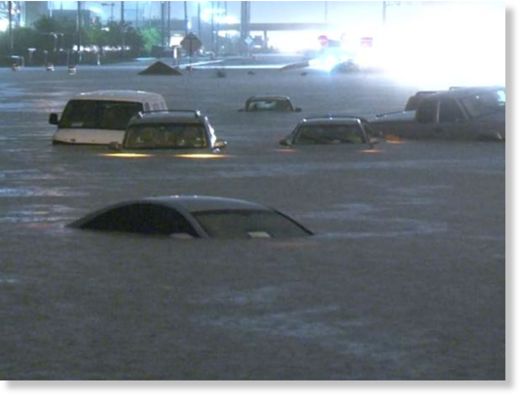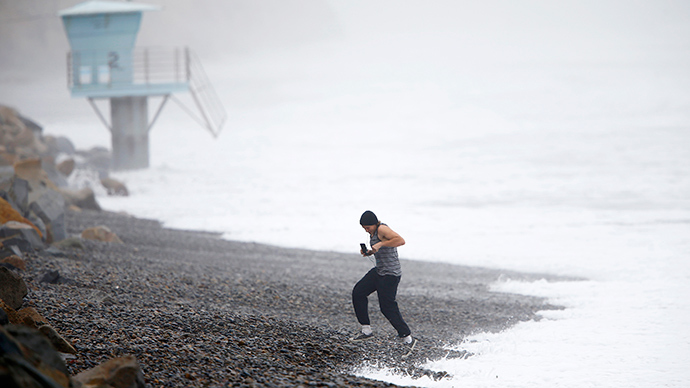Floods have left 1 man dead and prompted over 20 emergency rescues after staggering amounts of rainfall across south east Texas.
The state has seemingly been bombarded non stop with severe weather since flash floods hit Lubbock on 04 May 2015. One man died in floods in Corsicana on 11 May 2015 after 10 inches of rain fell in 1 day.
In the Houston area yesterday around 20 people had to be rescued from the flood water, most of them from stranded vehicles. Some major roads were said to be under 5 feet (1.5 metres) of water. Particularly badly hit were the areas of Taylor Lake Village, Webster and Clear Lake.
Rainfall
Webster, in the Houston metro area, saw 10.52 inches of rain fall for the 24 hours ending about 7 am Wednesday 13 May, 2015. Several areas around Houston down to Galveston saw 24 hour rainfall levels of above 6 inches. Two days earlier, Onalaska saw 12.79 inches fall in 24 hours between 10 and 11 May.
National Weather Service Houston distributed the chart below to indicate the extreme levels of rain the area has seen in the last 3 days.









 Floods in Havana, Cuba, 30 April 2015. Photo credit: Juvenal Balán / Granma
Floods in Havana, Cuba, 30 April 2015. Photo credit: Juvenal Balán / Granma



You need to be a member of Earth Changes and the Pole Shift to add comments!
Join Earth Changes and the Pole Shift